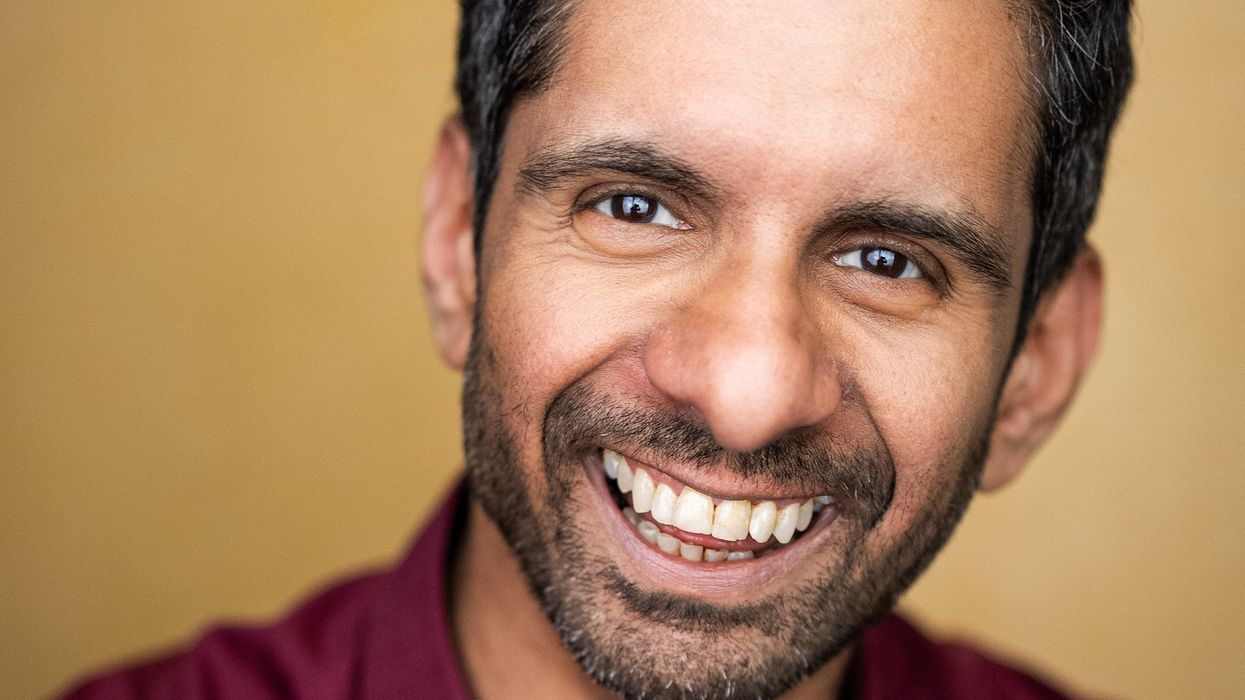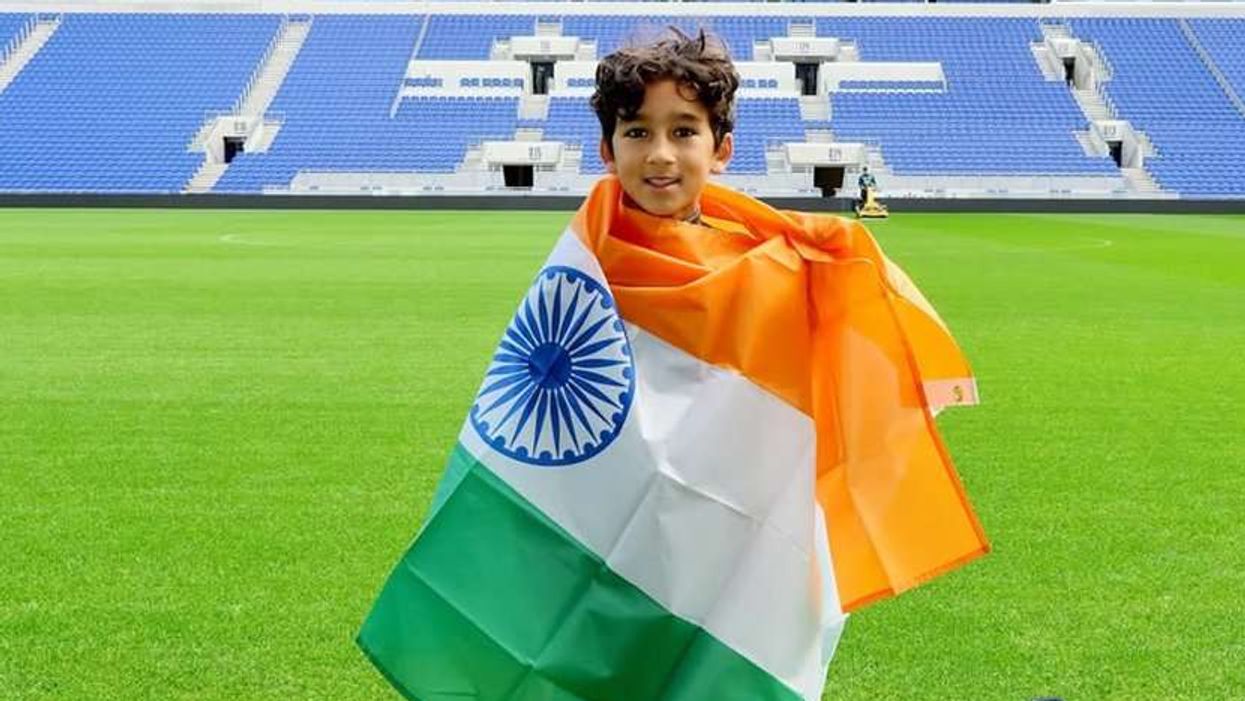When it comes to female representation in Indian films, the ratio is still skewed and playing catch up. Recently, Prime Video, one of the online entertainment destinations in India, released the latest edition of O Womaniya! 2024, a definitive study on female representation in Indian entertainment.
This year, the report analysed a total of 169 movies and series, which were released in 2023 in nine languages across streaming and theatrical platforms.
The report was researched and curated by Ormax Media, a media consulting firm, and produced by Film Companion Studios. Championed by Prime Videos, the report takes a deep dive into the emerging trends while identifying the gaps in female representation across several key areas of production, marketing, and corporate leadership in Indian entertainment.
Some of the key findings of the report were finalised using a new test, Gender Equality Toolkit. This toolkit helps measure female representation in content and eliminate biases early on in the creation process. Mainly, the test analyses whether women have agency in a movie or if they're the drivers of their own stories or mere accessories to driving the male point of view in the entire storytelling.
In the marketing analysis, it was revealed that women still hold only 29% of talk time in trailers. Though over the two years, it has increased, the growth continues to be marginal as per the report. Of all the titles, only 31% passed the Gender Equality Toolkit test, with streaming series taking the lead with 45% passing the test. The report deployed the traditional Bechdel Test to analyse content, half of which fell short on this test as well.













